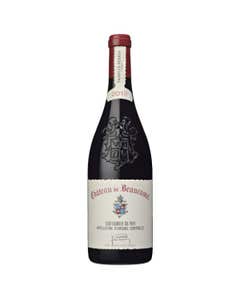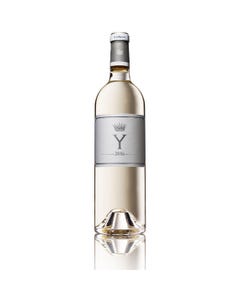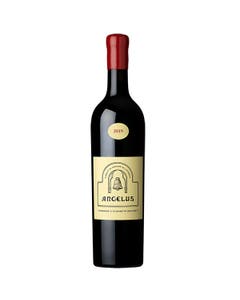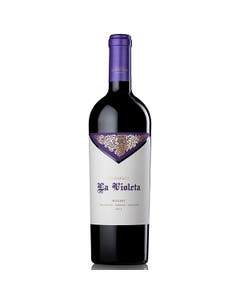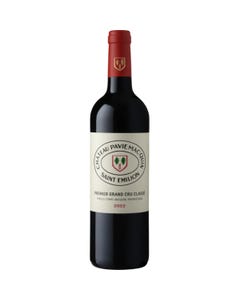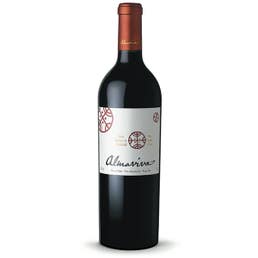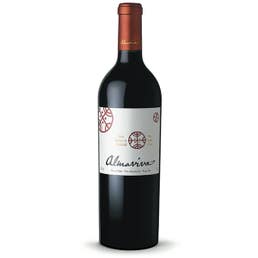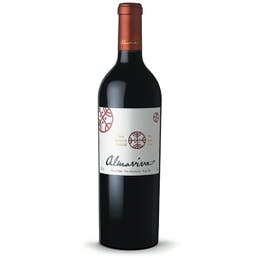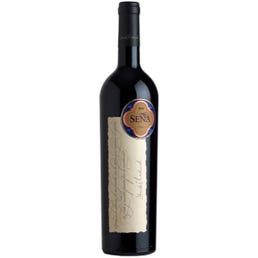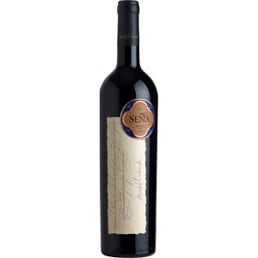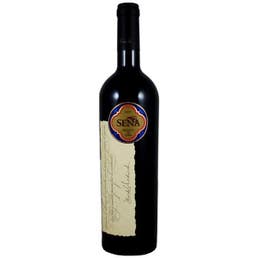Vina Almaviva 2016
• Domaine: Vina Almaviva
• Appellation: Maipo Valley, Wine of Chile
• Classification: Maipo Valley, Puente Alto, Chile
Almaviva is a premium wine produced in Chile's Maipo Valley, one of the country's most renowned wine regions. The wine is a joint venture between the French owner of Château Mouton Rothschild, Baroness Philippine de Rothschild, and Chile's Concha y Toro. The first vintage of Almaviva was produced in 1996. Even though the Baroness passed away on August 23, 2014, her three children continue investing in this project, which has since gained a reputation as one of Chile's finest wines.
Almaviva is a blend of classic Bordeaux grape varieties, including Cabernet Sauvignon, Carmenere, Cabernet Franc, Merlot, and Petit Verdot. The wine is aged in French oak barrels for around 18 months before bottling. The resulting wine is rich, complex, and elegant, with a deep ruby color and aromas of black fruits, spices, and vanilla.
Almaviva is considered a wine for special occasions and is highly sought after by collectors and connoisseurs. The wine has received numerous awards and accolades, including a 100-point rating from the influential wine critic Robert Parker.
HISTORY
In 1997, Baroness Philippine de Rothschild, owner of Mouton Rothschild, and Eduardo Guilisasti Tagle, owner of Viña Concha y Toro, entered into a partnership to create an exceptional Franco-Chilean wine called Almaviva.
The name Almaviva has a Hispanic sonority. It actually belongs to classical French literature: Count Almaviva is the hero of The Marriage of Figaro, the famous play by Beaumarchais (1732-1799), later turned into an opera by the genius of Mozart. The label bearing the name Almaviva is in Beaumarchais’ own handwriting.
Though not claimed by the owners, the referral to a play reminds a curiously minded observer of the successful theatrical career left behind by the Baroness Philippine de Rothschild to assume leadership at her father's business when he died. Her stewardship of the venerable Bordeaux estate plus her success in breaking new grounds led her to be made an Officier of the Légion d'Honneur in 2007. In 2013, she was given a lifetime achievement award by the Institute of Masters of Wine.
Almaviva was intentionally chosen to pay homage to Chile’s ancestral history, with three reproductions of a stylized design, which symbolizes the vision of the earth and the cosmos in the Mapuche civilization. The design appears on the kultrun, a ritual drum used by the Mapuche. Two great traditions thus join hands to offer the whole world a promise of pleasure and excellence.
Tasting Notes
"A Cabernet Sauvignon with 24% Carménère, 8% Cabernet Franc and 2% Petit Verdot from Puente Alto, Maipo that spent 18 months in French barrels. In a cold year, Michel Friu brings out fresh black currants and sour cherries with hints of sweet spices and notes of cigar box and mint. Complex, with a loose structure, it is juicy on the palate, with more flavor than kick, enhanced by the refreshing herbal flourish at the end of an already lengthy finish." - Joaquin Hidalgo, vinous.com, (March, 2020), Rating: 95, Drink: 2020-2035
"The 2016 harvest was complicated by rain in late April, which made them hurry up and finish two weeks earlier than normal. The year was also cooler, and the 2016 Almaviva, a blend of 66% Cabernet Sauvignon, 24% Carmenère, 8% Cabernet Franc and 2% Petit Verdot has less alcohol at 13.9% compared to 15% in 2014. The élevage was shortened to 16 months, and they decreased the percentage of new French barrels used—down to 77% from the 82% in the previous year. The wine is fresher and less marked by the oak, a more fluid version, with fine tannins. This is a little different, a lighter and fresher year. It was a very dry winter, complicated by rains. I found very good harmony and fine tannins, balance and freshness in one of the most elegant vintages I remember from Almaviva. This has contained power, very accessible tannins and no green notes at all. It's young but accessible and should develop nicely in bottle, as it has the balance and freshness. This is an elegant and fresh vintage for Almaviva, young and tender, taking advantage of the natural conditions for it. Well done! 180,000 bottles produced. It was bottled in December 2017." - Luis Gutiérrez, Robert Parker's Wine Advocate (9/6/2018), Ratings: 95
"A very fine and elegant Almaviva with fresh fruit and herb character. Medium-to-full body, tight and focused with very fine, linear tannins and a chocolate and light cedar undertone to the whole thing. Savory, too. Smoked meat and succulent. It's tight but opens with air. Classicism here. 66% cabernet sauvignon, 24% carmenere, 8% cabernet franc and 2% petit verdot. Drink in 2021" - James Suckling, Rating: 97
| Stock Status | In Stock |
|---|---|
| Appellation | Maipo Valley |
| Vintage | 2016 |
| Brand | Viña Almaviva |
| Shipping Weight | 3.000000 |



